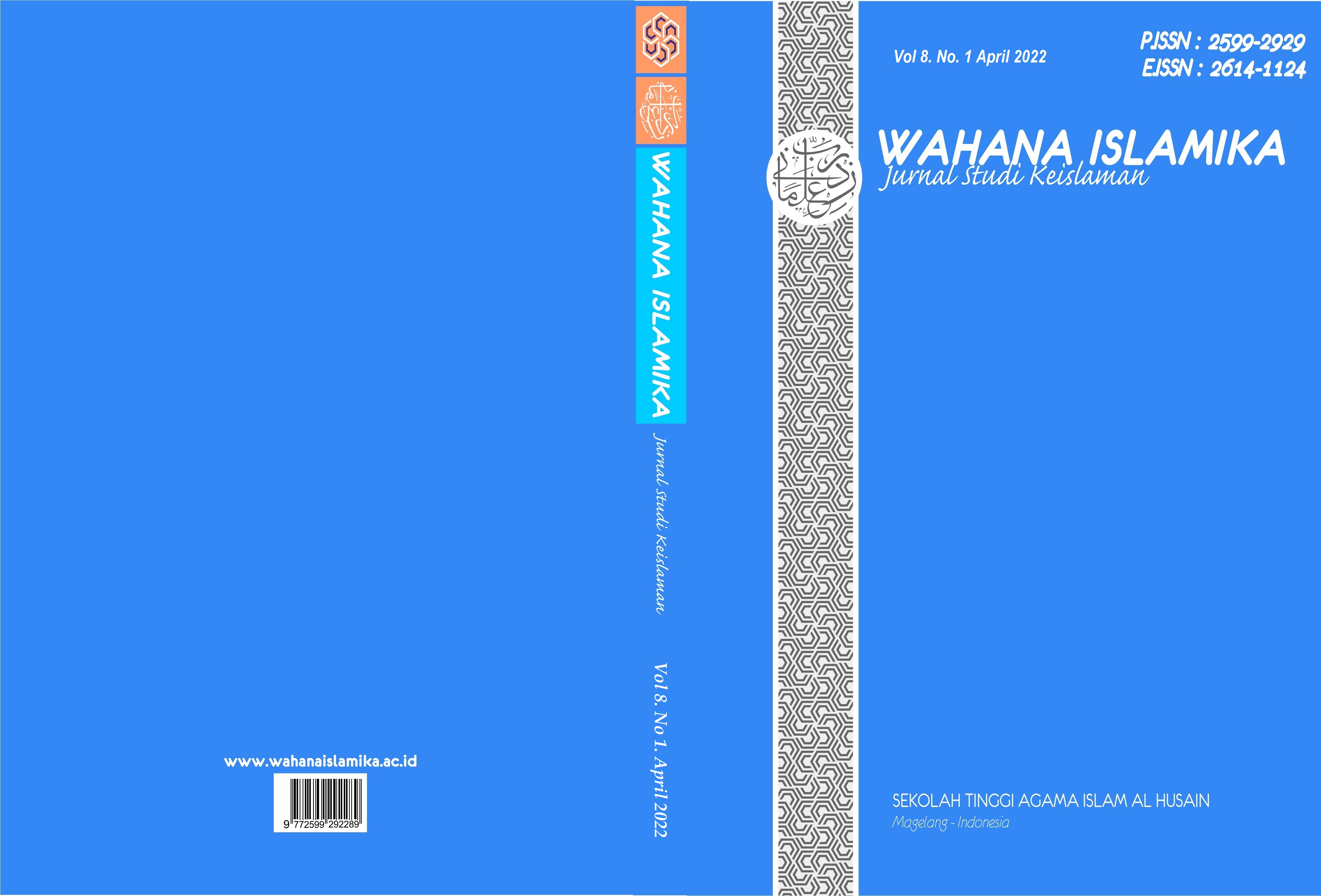ANALISIS RANCANG BANGUN EPISTEMOLOGI MULLĀ ṢADRĀ
DOI:
https://doi.org/10.61136/qspm1s85Keywords:
Epistemology, Mullā Ṣadrā, Peripatetic, Illumination, ‘irfān, kalamAbstract
There were at least four schools before the Mullā Ṣadrā era: peripatetic, illumination, ‘irfa>n, and kala>m. These four schools reached common ground in a school of thought known as al-H}ikmah al-Muta'a>liyyah, pioneered and developed by Mullā Ṣadrā. This paper aims to reveal how the epistemology of Mullā Sadrā in al-H}ikmah al-Muta'a>liyyah. The writing method uses the library method. The findings of this study are that Mullā Ṣadrā succeeded in reconciling the peripatetic, illumination, 'irfān, and kala>m methods and then harmonized them with Islamic law. Mullā Ṣadrā believes that the most successful method for attaining true knowledge is kasyaf, which is supported by revelation and does not conflict with burha>n. This can be seen when Mullā Ṣadrā interprets surah al-Wāqi'ah. At first, he was busy studying discursive books, so he felt he already had extensive knowledge. However, when his spiritual vision began to open, he realized that he was empty of true knowledge and convincing essence, and that could be achieved through żauq. Mullā Ṣadrā metaphysical thought is based on three main teachings, namely as}a>lah al-wuju>d (existence excellence), tasyki>k al-wuju>d (gradation of form), harakah al-jauariyah (substantial movement) and al-asfār al-aqliyah al-arba'ah.
Downloads
Downloads
Published
Issue
Section
License
Copyright (c) 2023 Titis Rosowulan, Ahmad Fuad Hasyim, Purwanto (Penulis)

This work is licensed under a Creative Commons Attribution-NonCommercial-ShareAlike 4.0 International License.


